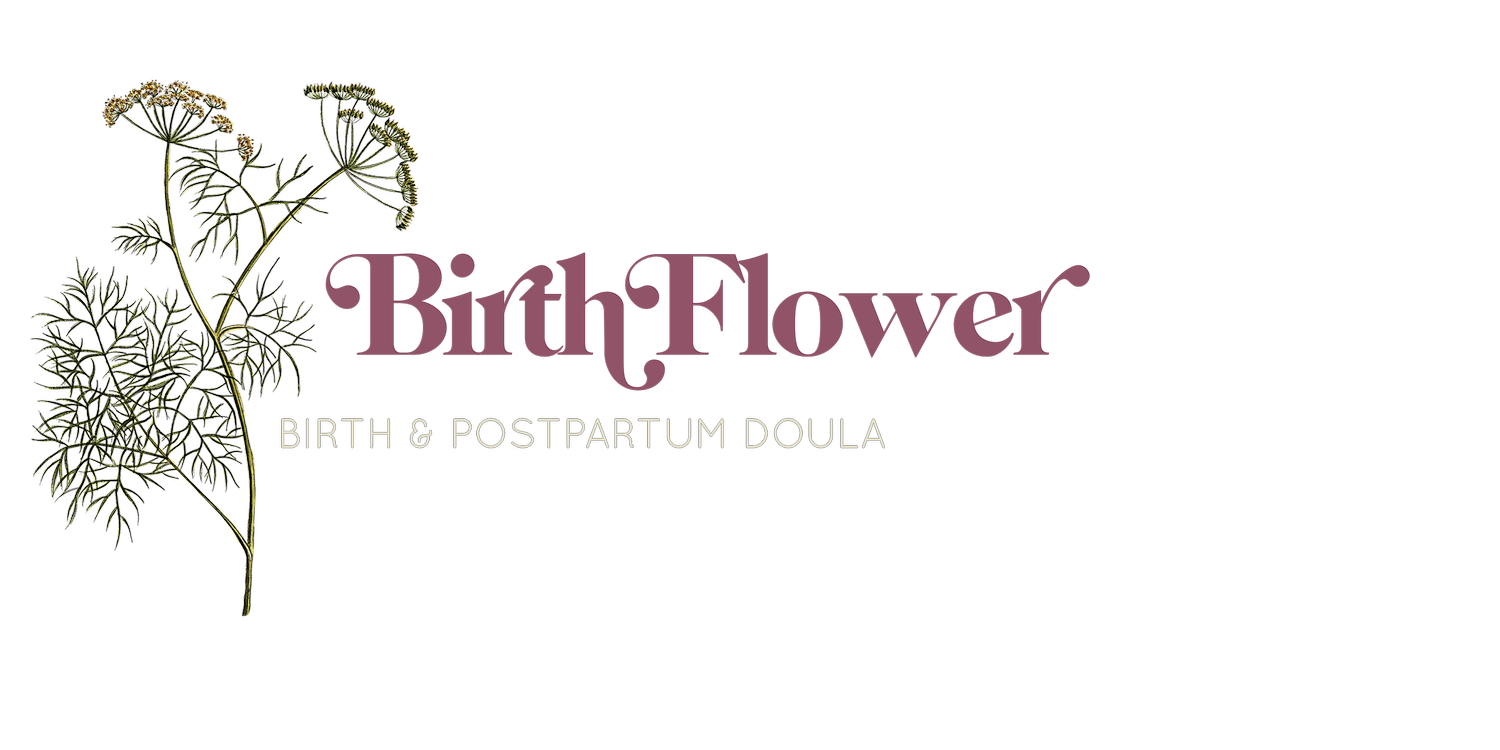Writing your Birth Plan: The importance of language
Birth plans can be so overwhelming. What should they include? How long should it be? Are they just going to make the nurses roll their eyes and sigh? Do you even need one?
There’s no one-size-fits-all answer. Having a birth plan is a personal choice. Not everyone needs one, feels they are necessary, or can be bothered writing one out. On the other hand, some people think they are crucial, and aren’t comfortable until they have a clear document ready to hand over. Sometimes, it’s the doctor who asks for a copy of the birth plan in advance. I have clients who love the idea of a birth plan because it gives peace of mind; and I have others for whom the birth plan creates stress and anxiety, and therefore isn’t right for them.
You need to decide whether the idea of a birth plan is right for you. This post is going to focus on the writing of the document, the language you need to use to be heard and respected, and how to prepare a plan that is concise, clear and reflects your wishes.
First, let’s start with the word PLAN. It’s a divisive word. I find that it can cause a roadblock with expectant parents, who are nervous of making a set plan in case their birth ends up going down another path, and they feel that they didn’t get what they planned for. A plan indicates something that will be followed to the letter; the path of labor and birth simply can’t be predicted, so we don’t know that we’ll be able to follow the plan.
For this reason, I like to use the term Birth Preferences instead. It’s a nice replacement that allows you to list the things you have decided you would like to aim for, but isn’t limiting mentally - if we say we have a preference for something, it means we’ll do everything to strive for that thing to happen, but we can accept if that needs to change.
But hold on. We do NOT want to imply that you’re happy for your choices to be disregarded, right? We don’t want to make it seem like we’re ok with whatever - because you will definitely have chosen the options that are right for you, and don’t want to suggest that it’s ok not to respect your choices. In this way, it’s helpful to see the word preferences as a tool for yourself, to remain open to whatever pathway your labor may take, so you can feel positive and empowered with your birth no matter the outcome. The way we word our Birth Preferences document, however, needs to be in language that is direct, concise, and not at all permissive. It needs to be clear to care providers what your preferences are, without any wording that makes it ok for staff to disregard your wishes.
Here are some examples of permissive, “soft”, handing-over-your-control language:
“I would like to labor without interruptions”
“If possible, we want to avoid an epidural”
“It would be great if I could use the bath”
“I prefer to keep the room quiet”
“We wish to keep the placenta”
These terms may seem polite, but imply that there is an option for the opposite to happen - for the care provider to decide what is right for you. In some situations this is needed, and the expertise of a doctor or nurse is welcome. But in many cases, using permissive language in a birth plan tends to give some care providers the green light to do the things you’ve asked to avoid. For example, saying “I would prefer not to have pain relief offered” says to some staff that it is ok to offer it, if THEY decide that you need it - it puts the power in their hands.
Here’s what I suggest instead: direct, clear and concise language:
No offers of pain relief
No epidural
Labor in the bath
Calm voices
Placenta to be kept
I get it, this may seem a bit much. Harsh, even. Especially if you are a polite person by nature, and especially if you’re a people-pleaser, it’s hard to be blunt. But this is one instance in life where being polite isn’t going to serve you. This wording leaves no question that it is your choice, and is clear to staff. We aren’t writing this plan to make your doctor feel good, or to apologize for your decisions, or to make it easier on others. We are writing it so you get what you want - and if that want changes mid-labor, it will be YOU making the decision.
There’s another reason for this kind of language - brevity. Clear and concise language keeps the plan short and effective. It means your birth plan will be read, understood, and adhered to.
Here’s some other tips for writing your Birth Preferences:
I don’t suggest writing in paragraphs or even sentences. Wordy plans do not get read. Bullet points are best.
Have a short introductory sentence stating who your support people are and that they will be accompanying you throughout (or not!)
Break up the bullet points into stages, like LABOR, BIRTH, and POSTPARTUM - often staff will change over and you most likely won’t have the same nurses or doctors for your pushing stage as you did when you arrived in labor. You will definitely have different nurses after the baby is born. By making sections, they can read the appropriate section for the stage you’re at.
Try to keep your plan to one page.
Remember, this is your body, your baby, your birth. YOU are in charge. YOU have the power. Make your preferences known clearly and plainly, and you will be enabling everyone around you to help you in the ways you want.
Illustration by Ekaterina Trukhan.

